| Designation: | BMT-72 |
 |
|---|---|---|
| Manufacturer: | Kharkiv Morozov Machine Building Design Bureau - KMDB | |
| Product type: | Armoured Vehicles | |
| Name: | Infantry fighting vehicle |
Battle tanks are the only branch of arms which features a combination of the following advantages: high mobility, high firepower, reliable armour protection and ability to produce an armoured thrust. If provided with support of infantry soldiers, battle tanks are able to capture and retain various territories for a longer time period than without support of infantry that could be of use to tanks in defending them against enemy infantrymen with hand-held anti-tank weapons as well as in removing various obstacles the tanks could run across. But if the infantrymen are transported sitting on the tanks, they are exposed to enemy fire and can be easily killed or wounded by small arms fire or shell splinters.
Aspiration to enhance the combat capabilities of the infantry by means of improving lightweight tracked armoured personnel carriers led to developmenmt of armoured vehicles intended to be used as both transportation vehicles and fighting vehicles.
Nowadays these armoured vehicles (armoured personnel carriers, infantry fighting vehicles and others) fitted with anti-bullet and anti-splinter armour protection are not able to transport infantry soldiers up to the battlefield and can only follow battle tanks at a considerable distance from the latter, as the APCs and IFVs have to stay out of reach of anti-tank weapons of the enemy, being quite vulnerable to all types of anti-tank weapons. Therefore the infantry fighting vehicles are not real fighting vehicles being able to be only used for transportation of infantry soldiers as well as for delivery of gun and machine gun fire to support attacking infantry soldiers. Although heavy armour will enable neither battle tank nor armoured personnel carrier to disregard the anti-tank weapons of the enemy, it will certainly increase the chances of the MBTs and APCs in surviving under anti-tank fire of the enemy as well as strengthening the whole combat formation.
Purpose
The heavy infantry fighting vehicles (HIFV) are intended to carry out tactical operations either as integral part of tank combat formations in close co-operation with battle tanks or to operate on their own. In doing so, the troops can either deliver fire from the vehicle or dismount the vehicle and continue to fight as infantry soldiers. Use of heavy infantry fighting vehicles that feature armament, protection and mobility indentical to those of battle tanks ensures close teamwork of battle tanks and troops on the battlefield, with the combat capabilities of both being optimised. The fire control system (FCS) and armament of the heavy infantry fighting vehicle are equal to those of the up-to-date battle tank in enabling the vehicle crew to efficiently detect and engage armoured fighting vehicles and infantry of the enemy.
The heavy infantry fighting vehicles can be used for carrying out offensive and defensive operations, large-scale tactical operations and operations during local military conflicts as well as peace support operations.
General Layout
The BMT-72 is based on the T-72 MBT and is actually a comprehensive upgrade of the latter.
The unique compact design of the Ukrainian-developed tank diesel engines made it possible not only to considerably increase the power capabilities of the vehicle, but also to introduce into the vehicle design a new compartment, viz. troop compartment.
The troop compartment is located between the fighting compartment and the power pack compartment. In the troop compartment roof there are hatches that allow the troops to get in or dismount the vehicle.
The BMT-72 power pack is based on that of the T-84 MBT.
The vehicle can be fitted with the following:
- additional protection;
- auxiliary power unit;
- air conditioning system;
- navigation system;
- etc.
|
||||||||||||||||||||||||||||||||||
Related Articles |
|
Infantry Fighting Vehicle (29.01.2007) |
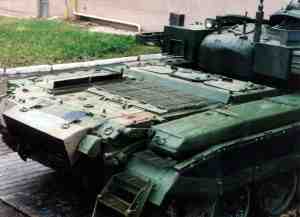 |
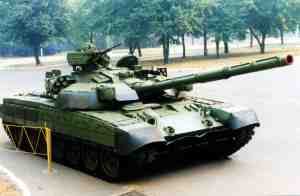 |
 |
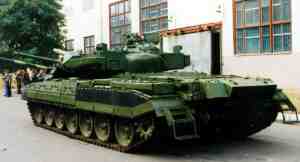 |
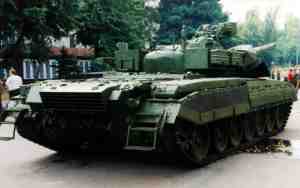 |
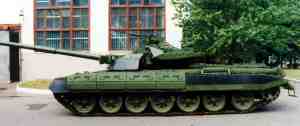 |
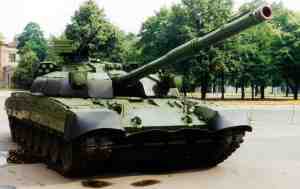 |
 |
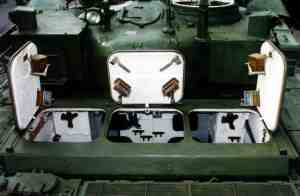 |
 |
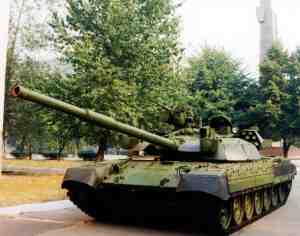 |
 |